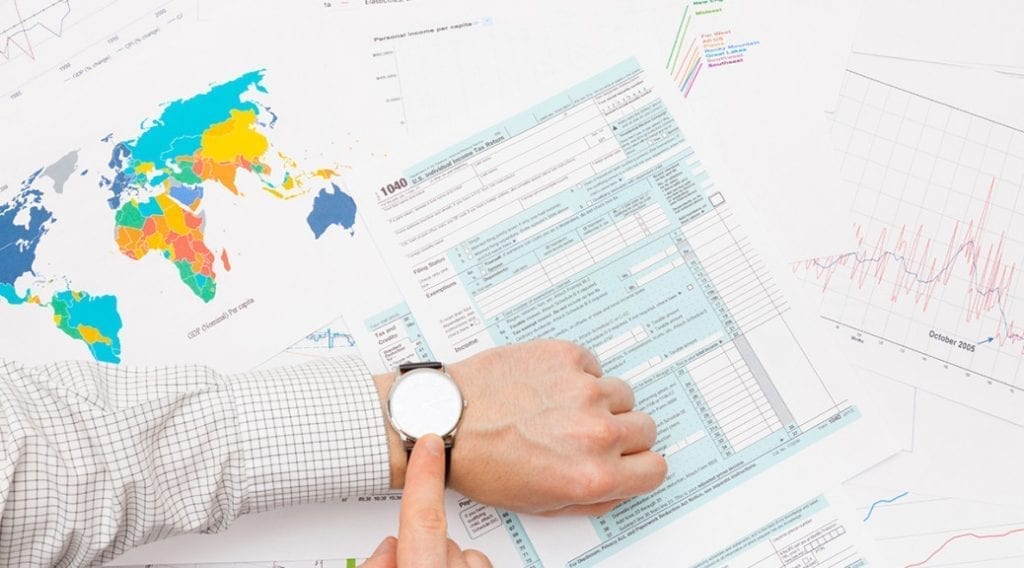- browse by category
- Audit Assistance
- Business and Taxes
- Celebrities in Tax Debt
- Cryptocurrency Taxes
- Economic News
- Foreign Banking
- Innocent Spouse
- IRS debt settlement
- IRS Headlines
- IRS Wage Garnishment
- Marriage & Divorce
- Payroll Tax
- Retirement
- Revenue Officers
- State Tax Headlines
- Stop IRS Debt
- Success Stories
- Tax and Politics
- Tax Attorney
- Tax Codes
- Tax Debt Help
- Tax Evasion
- Tax Levy
- Tax Lien
- Tax Payment Plans
- Tax Return Filing
- Tax Tips

When a bank levy hits, it triggers a whirlwind of questions, most frantically: how do I end and remove it? Once a bank levy is placed on your account, there isn’t anything you can do to forego payment of your debts, but you do have options for financial recovery. Below are the first three steps for removing a bank levy.
Removing a Bank Levy
Step 1: Understand What A Bank Levy Is & Contact Your Tax Professional
First and foremost, a bank levy is a result of a debt. As soon as you receive the notice, the contents of your bank account now belong to the owner of the judgement obtained. A bank levy is a particular kind of fund withhold; it is different from a wage garnishment, in that the collector has possession of the funds in your bank account, as opposed to access to the funds in your paycheck. If you owe $5,000 and have $10,000, the amount you owe will be withdrawn. if you owe more, the levy will continue until the debt is paid. This hold on your account may impair your ability to pay your bills for a long period of time, depending on how much you owe and how quickly your income can pay off this debt.
Now that you understand how a bank levy affects the contents of your bank account and future income, contact a tax professional to move forward with Step 2.
Step 2: Examine Your Financial Situation Comprehensively
No two bank levies are alike. That is, no two financial situations are identical, and therefore, identical courses of action will not always produce the same outcomes on two bank levies. Sit down with your accountant or tax professional, and lay out your financial obligations, debts, income, expenses, and so on. Perhaps the presence of your other debt calls for bankruptcy, or you have the financial footing to settle quickly with your debt collector. Crunch the numbers and think critically.
Step 3: Weigh Your Options and Take Action – Now
You have many courses of action, again, depending on your financial situation. Below are common options to weigh.
The most straightforward solution is to come to terms with the debt collector. Instead of letting the bank levy do its thing, work with who you owe money to and try to lessen the blow. You can also negotiate a lump sum settlement. This course of action requires a tax professional and may be arduous, but can pay off and stop the levy quickly.
Another option: form a hardship plan, by which you provide evidence that levying your bank account will cause you to not meet basic standards of living. Most practical and beneficial would be setting up a payment plans, to pay monthly installments. This stop the levy as long as you pay each month and on time.
Perhaps you need to file for bankruptcy. This can be a viable solution if your income is low and you have other financial hardships. Certainly, consult a bankruptcy lawyer to weigh the pros and cons.
In rare cases, the debt is valid but not applicable. These instances allow for contesting the lawsuit. If it’s an old debt, check the statute of limitations for your state to see if the debt has expired, which would deem the bank levy unenforceable. This varies greatly state by state, with time periods as little as 2 years, while others are much longer. If the statute may have expired, consult an attorney to proceed. Also, an unfortunately common act of ‘gutter service’ may be at hand, by which the third party collector simply did not serve you appropriately and claimed they did so. This situation will also require an attorney.
Remember This When Removing a Bank Levy
The path of least resistance may be best – yes, letting the bank levy stay put. Many choose to leave their bank account alone except for adding funds that will apply to the debt, and use cashier’s checks or money orders to pay bills until the debt is paid in full.
The main course of action required to move a bank levy? Act quickly. Remember, many circumstances affect routes to financial recovery, so consulting a professional is absolutely crucial.
Leave Comments

Top Tax
secrets revealed
Sign up for our newsletter and be the first to find out when exciting IRS news happens. Yes, exciting. We're really into taxes.


